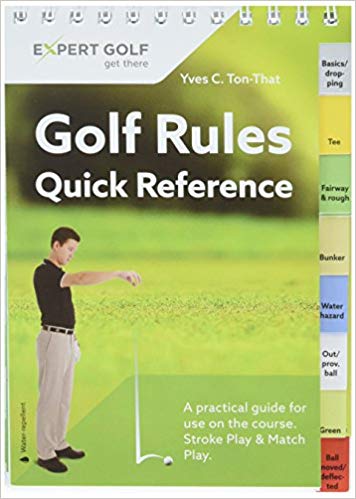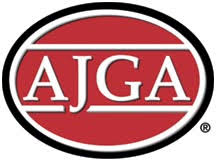Great Oak Wolfpack Golf Team
|
Helpful Links If You Are Interested In Playing At The Next Level
Junior Golf Scoreboard has excellent information on college recruitment. The bottom of the page has links to important questions such as: How do college golf coaches discover talent? Do coaches really care about academics? What is the parent's role in the recruiting process? Will playing AJGA events increase my chances of earning a college scholarship? And many, many more answers to important questions that many high school golfers have.
Link to Collegiate Golf Rankings Create a list of colleges you are interested in attending. Competition is high for the top schools, but browse through the lower ranked colleges. If you can break 80, you can play college golf somewhere. It might not be a Division I school, it might not be in California, but you can compete while getting an education. Create a "Dream School" list, a realistic list, and a backup list. Start filling out online recruiting questionnaires (most golf programs have them) and contacting coaches to show your interest. If you are a top ranked junior golfer, they will probably find you. If you're not, you need to reach out to them.
Link to Current Junior Golf Rankings (Unlike Junior Golf Scoreboard, Golfweek allows you to sort by state)
If you think there is any possibility of playing golf at the next level, make sure to log onto NCAA Clearinghouse and register. This should be done before the start of your senior year. Registration is mandatory for all collegiate athletes.
Every few years, Golf Digest ranks the collegiate golf programs. Unforunately, they have taken down the old link. As soon as the new report comes out, I will link it here. (The last time was 2008, so they should be doing it again soon.)
Here are some sample PDF files from the 2008 rankings The College Golf Guide has been designed to help high school students find the right school for their needs.There are three separate rankings that comprise the Guide:"Balanced" ranking, for students who place equal emphasis on school and sports"Golf First" ranking, for students with dreams of playing golf in college and professionally"Academics First" ranking, for students who are focused on education but still desire to play competitive golf.The "Balanced" ranking is the best indicator for the majority of young men and women heading off to college.
The PING Guide contains vital help for junior golfers who want to continue their golf career at the collegiate level. It includes information on every scholarship and non-scholarship golf program in the U.S. (more than 1,200 colleges and community colleges), and it answers the questions facing college-bound students on subjects including:
Even if you are not going to make the PGA Tour, are you still interested in a career in the golf industry?
Former Great Oak golfer Corey Baubault graduated from the PGM program at New Mexico State University.
Do you know the answer to these basic questions? If not, don't even think about college golf. 1) If you can't find your ball, what do you do? 2) What is the difference between red stakes, yellow stakes, and white stakes? Do you know how to proceed in each situation? 3) What is a lateral water hazard? If you hit it into one, where do you hit your next ball from? How many options do you have? 4) What can and can't you do in a sand trap? 5) What happens if you pick up your ball before it hits the bottom of the cup? 6) Your ball is lodged in a bush. You can't even make a swing on it. What do you do? What are your options?
Order an easy to read rule book. Click here to link to Amazon. Read it every day during silent reading. If I was a college coach the first thing I would do to a prospective athlete is give him a detailed rules quiz. I wouldn't want to lose a tournament because a junior golfer never learned the rules.
LOOKING FOR A CHEAP WAY TO PRACTICE AND PLAY?
The SCGA has started a wonderful program for junior golfers (high school age and below). It
is called "Youth on Course" and the website is http://www.scgajunior.org There are various courses, listed by region, all over the state of California.
For example, Cross Creek & Menifee Lakes are both $1 for range balls and $4 or $5 for green fees. It looks like the courses usually make you play in the afternoon, but most seem to have open access to the driving range.
A program like this would be a great way to play various courses over the off-season without making your parents go broke.
LINKS TO VARIOUS JUNIOR GOLF TOURS
|


.jpg)






 IJGT
IJGT


